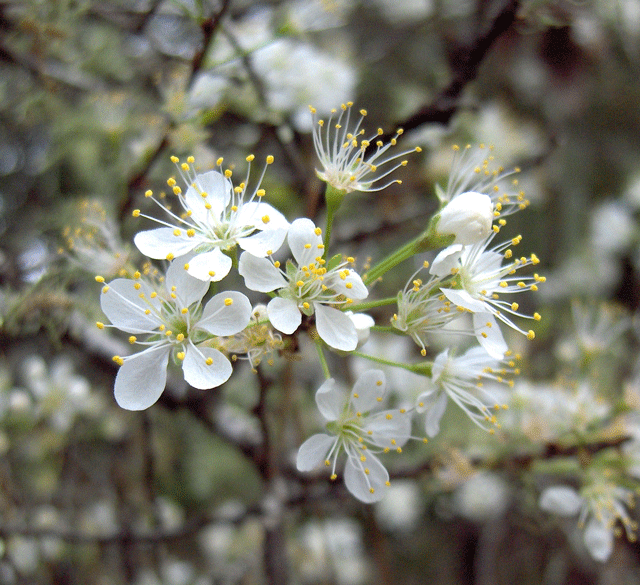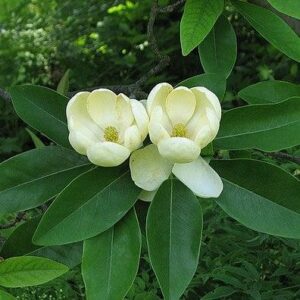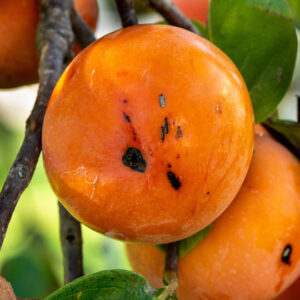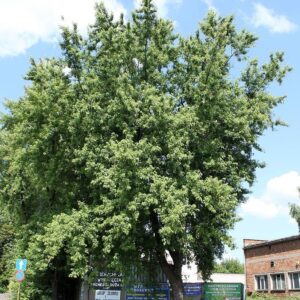The Chickasaw Plum, scientifically known as Prunus angustifolia, is a small deciduous tree native to the southeastern United States. Here’s some information about the Chickasaw Plum:
-
Appearance: The Chickasaw Plum is a small tree that typically grows to a height of 12 to 20 feet (3.6 to 6 meters). It has a rounded crown and thorny branches. The leaves are oval-shaped and have a glossy green color. In early spring, the tree produces clusters of fragrant white flowers. These are followed by small, round plums that ripen to a yellow or red color.
-
Habitat: This tree is commonly found in a variety of habitats, including woodlands, open fields, and along roadsides. It is adaptable to different soil types but prefers well-drained soils.
-
Tolerance: The Chickasaw Plum is known for its tolerance to drought and heat. It can also withstand a wide range of soil conditions, including sandy or clay soils.
|
Type: |
Shrub |
|
Origins: |
Southeast N. America; GA Native |
|
Height: |
4′ – 20′ |
|
Spread: |
4′ – 20’ |
|
Spacing: |
12’ |
|
USDA Hardiness Zone: |
5 – 8 |
|
Culture: |
Full Sun, Part Sun |
|
Bloom Color: |
White |
|
Season of Interest: |
Spring, Summer |
MAINTENANCE NEEDS: Low Maintenance. Water regularly. May spread by root suckers if not promptly removed. Watch for Plum curculio, brown rot, leaf spot, canker and black knot. Potential pests include aphids, scale, and borers.
LANDSCAPE USES: Accents or Group Plantings, Borders, Woodland Gardens, Wildlife Garden, Foundation Plantings, Hedges, and Containers.
COMPANION PLANTS: Clethra, Cephalanthus, Itea
IMAGE: Homer Edward Price, Prunus angustifolia 2, CC BY 2.0







